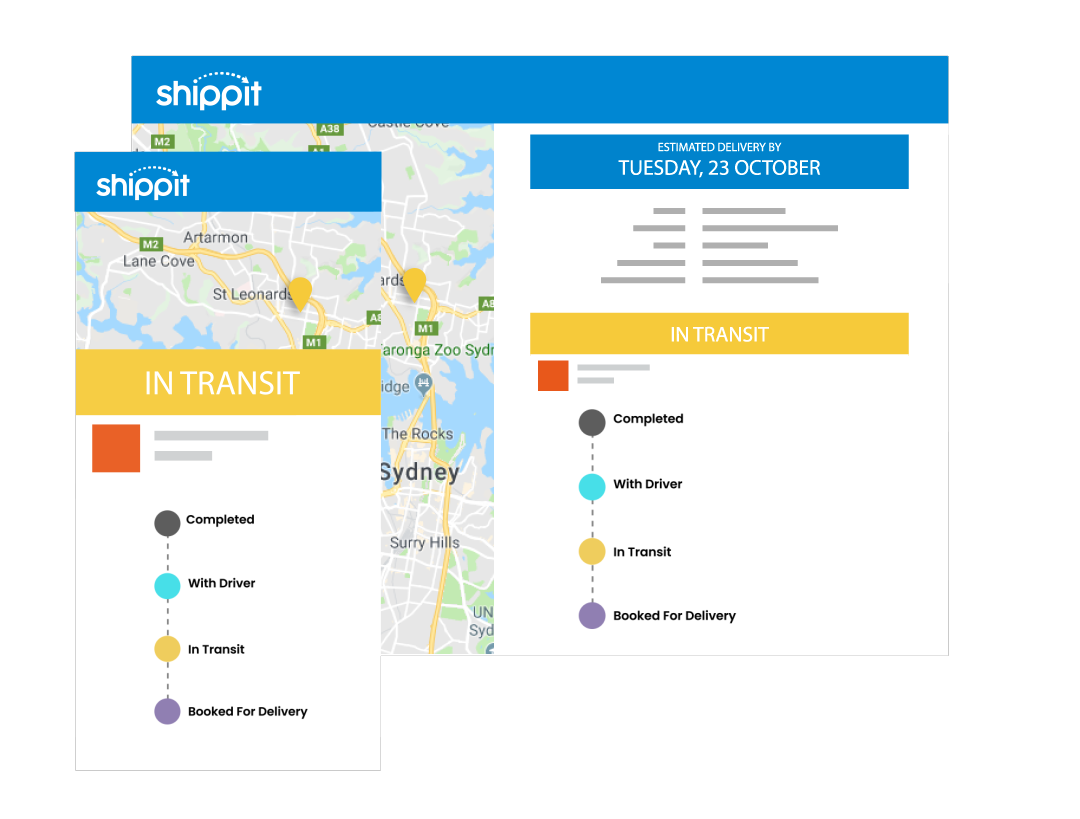Whether you’re a new kid on the block, switching from bricks-and-mortar, or already an established eCommerce player, the challenge for all online businesses is finding and growing their customer base. In the age of new retail, consumers are everywhere; online, offline and across a number of marketplaces.
According to Inside Retail, online marketplaces like eBay, Amazon and Alibaba saw massive growth last year, expanding their reach by 74.8% in 2017 alone. With eCommerce fast becoming the shopping medium of choice, marketplaces are playing a huge role in reshaping modern retail and fueling rapid eCommerce growth.
While retailers have traditionally viewed online marketplaces, like Amazon or eBay, as threats, that sentiment is shifting, and online retailers are starting to see marketplaces as valuable sales channels. Online brands that tap into these marketplaces are capturing customers that may not otherwise have found them, and instantly expanding their reach.
Marketplace Love
While there are fees associated with listing and selling products on marketplaces, this is not uncommon in the online world. Much like any other form of advertising, these are costs per click or conversion. Marketplaces differ to other types of online advertising in that you’re tapping into the largest customer bases in the world and leveraging customers when their intent to buy is highest.
One of the biggest challenges for online retailers is finding the right shoppers at the right time. Marketplaces essentially collate these consumers, allowing you to broaden your audience and boost your sales. Selling on multiple marketplaces gives you various avenues to find new customers.
International Reach
For Australian retailers looking to trial new markets, online marketplaces can be a great way to test overseas markets while keeping overheads low. With major marketplaces like Amazon and eBay among the most popular websites in the world, marketplaces can provide businesses with a shortcut to global markets. Think virtual international department stores.
Setting up shop in a foreign market is not only costly but involves a significant amount of legwork to understand local market conditions and customs. Tapping into online marketplaces takes the hassle out of international expansion and gives online retailers an opportunity to leverage an existing global infrastructure. If an online retailer were to do this on their own steam, they’d need to factor in a wide range of variables. To compete with local players, they’d have to consider local language and currency requirements, establish payment platforms and logistics partners, as well as digital marketing.
And while accessing millions of shoppers does come at a price, usually in the form of commission on sales, it’s usually a small price to pay for an engaged audience.
Marketplaces to Consider
When it comes to marketplaces, there’s no one-size-fits-all approach. Multi-channel expansion aims to show up where your customers choose to search. Here are a few marketplaces to consider:
Amazon
Amazon officially opened its doors to the Australian market in 2017, but most shoppers were already familiar with the marketplace. Having originally established itself as a bookseller in 1994, the online behemoth has come a long way and now ships products from any category imaginable, to anywhere in the world.
eBay
With over 170 million shoppers per quarter and a presence in over 190 countries, eBay is one of the biggest online marketplaces on the planet. With a focus on international eCommerce, eBay is a great starting point for local brands looking for global reach. Within eBay, sellers can have their shopfront, which they can customise inline with any existing branding or marketing. Sellers looking to test the waters can do so as private sellers.
Etsy
Where Amazon and eBay sell all kinds of products, Etsy focuses on handmade or vintage goods. Before you start thinking small, Etsy attracts over 35 million shoppers a year and growing rapidly. There’s a considerable upswing towards products which are not mass-produced, so if your business has a craft or eco vibe, Etsy is worth exploring.
Fruugo
While not as large as Amazon or eBay, Fruugo has seen four years of triple-digit growth and is worth a look. Generally offering lower fees than the larger marketplaces, Fruugo operates on a flat commission which means sellers only pay when they sell something. Think of it as advertising on consignment. Fruugo automatically translates listings into 11 different languages and shows prices in the buyer’s currency.
Myer Marketplace
As a new entrant into the Australian market, department store Myer has recently revamped its online offering toward a marketplace model. Myer Market offers a curated range of higher-end local and international brands and carries more than 30,000 products on its marketplace. Given its fashion and homeware focus, it’s not suitable for all brands and categories.
Catch Marketplace
Australian eCommerce giant, Catch Group, have recently launched Catch Marketplace. Dubbed as Australia’s largest online marketplace for tech, beauty and fitness, the marketplace is set to enter new categories such as books, lighting, homewares, furniture and outdoor equipment. While still in its infancy, the eCommerce company have more than 1,000 sellers on board, and 1.2 million products listed.
While acquiring customers is one half of the battle, providing them with fast and fuss-free shipping is another. Click here to find out more about optimising your shipping experience and how Shippit can help. Built for modern retail, our solutions empower you to Pack & Ship Faster, Track & Notify Your Customers, and Report on the metrics that matter the most. Shippit powers shipping for Australia’s most iconic retailers, and provide customers across the nation with a perfect delivery experience.

